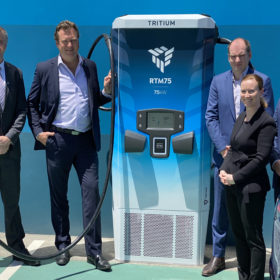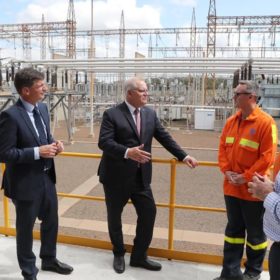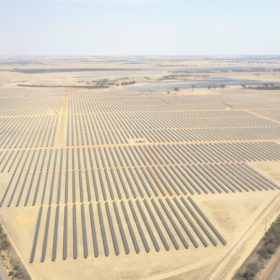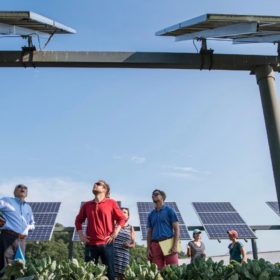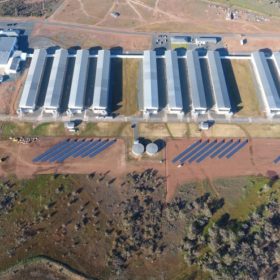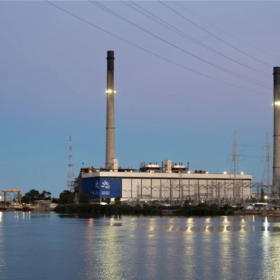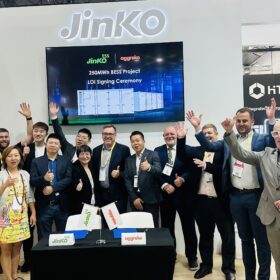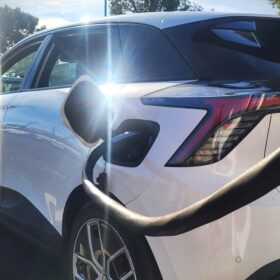How an Australian-made AI model unlocks accurate prediction of organic PV efficiency
For the last few months, while her city lay dormant in lockdown, Nastaran Meftahi has been tucked away developing a machine learning model to predict where the most promise for next-generation organic solar cells is held.
Tritium launches scalable EV charging solution
Brisbane-based global EV charging powerhouse Tritium has unveiled a scalable solution which will give peace of mind to network operators and governments the world over. The solution, launched in tandem with the next-gen RTM75 DC Fast Charger, knocks down one of the few remaining obstacles to large scale EV charger uptake.
Social Energy and SolaX team up for a FIT deal
Following on from Social Energy’s launch in Australia late last year, the UK company has teamed up with SolaX to offer a rather appetising feed-in-tariff deal to go with a combined solar and energy storage system.
Gas goes up in flames: new analysis extinguishes myth of gas led recovery
Two new reports have sought to extinguish the floundering gas myth once and for all, showing the federal government’s “gas-fired recovery” plan will benefit neither Australia’s manufacturing industry nor domestic users.
BlueScope invests in NSW’s future with $20 million Renewable Manufacturing Zone
Steel giant BlueScope is backing the NSW Government’s ambitious renewable infrastructure plan through a $20 million investment into the development of a Renewable Manufacturing Zone at its Port Kembla site in the Illawarra. The investment seeks to encourage innovation in the renewable sector and work towards the Government’s goal of constructing the state’s Renewable Energy Zones with local materials.
Danish investment fund backs 5 GW WA renewable hydrogen project
Danish investment firm Copenhagen Infrastructure Partners has given its partnership to Hydrogen Renewables Australia as it looks to develop the 5,000 Mw Murchison Renewable Hydrogen Project near Kalbarri in Western Australia. The project looks to utilise Australia’s best wind and solar resources to produce hydrogen fuel for export to nations such as Japan and Korea.
Australia’s biggest super fund commits to 2050 net zero
AustralianSuper, the country’s largest superannuation fund, has followed up from its dumping of shares in Whitehaven Coal with a commitment to a net zero carbon emissions investment portfolio by 2050. The fund, a major global investor, is as yet only a minor investor in the renewable energy sector, but that looks like it will soon change.
Sunny side up? Australia’s egg industry gets a solar boost
Egg production is an extremely efficient industry, thanks to the chicken, but electricity consumption remains a hurdle to industry sustainability. The Australian Eggs new Solar Calculator cracks the code on optimal system size, savings and CO2 abatement for small-to-medium-sized egg farms.
AGL grows massive battery storage in the shadow of retiring fossil-fuelled power stations
AGL, one of Australia’s biggest polluters, is working towards net-zero emissions by 2050 and new relevance in a renewable-energy-powered world. Think big batteries to replace the spinning reserve of some coal and gas generators, and digital management of its customers’ distributed rooftop resources.
Weekend read: Solar needs aluminium, but it has a carbon problem
Few doubt that aluminium frames will be a part of the solar module for some time to come. And with PV manufacturing continuing to scale, the carbon footprint of this versatile metal may prove a sustainability challenge.

